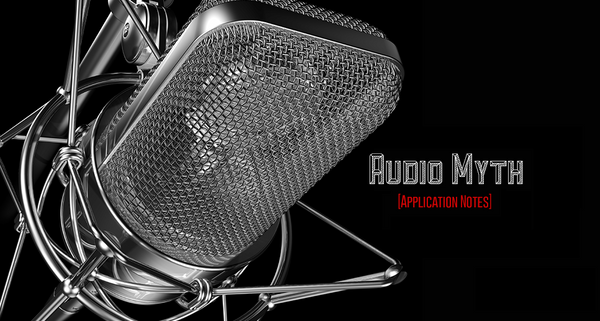Blew
Active Member
These measurements appear relevant to headphones. Am I correct in assuming the impedances measured here affect active speakers via XLR too?Let's test power vs distortion+noise using my optimized test for balanced amps at 300 ohm:
View attachment 129584
As I hinted, performance is almost the same in low and high gain. It is also exceptionally good. Powerful and transparent.
Switching to 50 ohm, we get slightly less optimized performance above certain power level:
View attachment 129585
We can see that more clearly as we step through a range of output impedances:
View attachment 129586
Do the math as I have noted to see if you get the amount of power you need at that impedance before distortion rises. There are other high performance amplifiers that don't have this dependency.
Output impedance is shown both for low and high Z.
I can hear distortion at high gain when I use the SA-1 as a pre-amp outputting to my JBL 305P MKII active speakers over balanced XLR. I also hear some distortion on them when the volume pot on the speakers to around 3/4 of the way. So I run the SA-1 at low gain and Low-Z, and the 305p speakers to +4dBu with the volume pot at 1/2.
The SA-1 input is via a Topping E50, set to DAC mode (ie volume 100%), outputting over balanced TRS to XLR cables. This means the volume pot on the SA-1 needs to be at around 4-5 O'clock for average listening levels in this setup. With the SA-1 volume pot at full, the sound is louder than I would tolerate while sitting at my desk, so the volume is not a huge problem for me but but I have to remember to turn the volume down a lot when switching to headphones! I'm also just interested in why this may be.
I can't find any details on what the impedance of the speakers are to relate to Amir's distortion measurements here. It's not listed in the manual and somewhere I read that input impedance is not relevant to active speakers. Am I on the right path here or could this be caused by poor quality amplification in the speakers, E50 output voltage being too high for the SA-1, or faulty interconnects somewhere in the chain?

